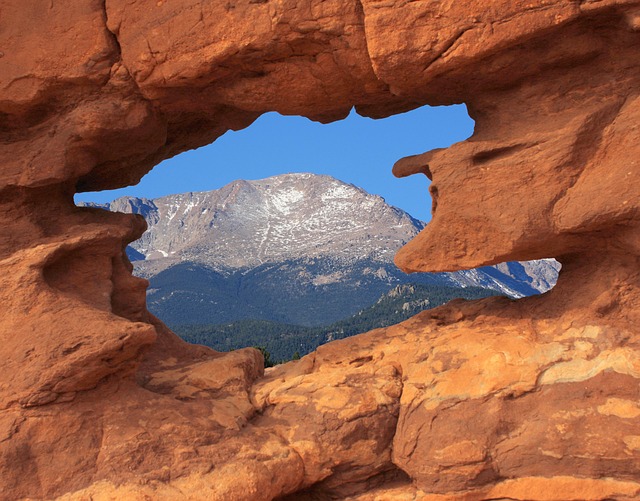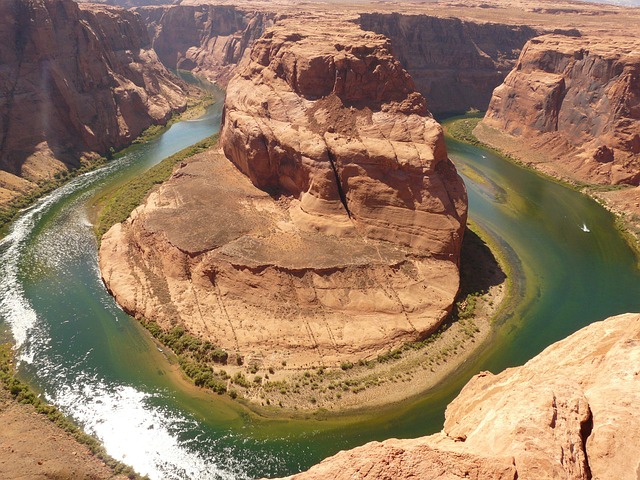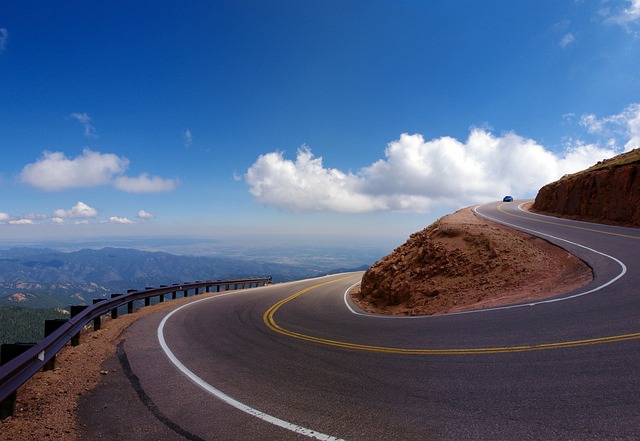Desert landscapes, with their vast open spaces, dramatic geological formations, and unique ecosystems, offer a captivating escape from urban life, supporting diverse outdoor pursuits like hiking, camping, stargazing, rock climbing, mountain biking, and wildlife viewing. To ensure a successful adventure, thorough research and selection of suitable locations based on activity preferences are crucial, considering accessibility, water sources, and permits. Engaging with local communities and land management agencies ensures ecological preservation, while understanding local regulations and adopting sustainable practices, such as staying on designated trails and respecting wildlife, protect the fragile ecosystem and maintain high real estate values for residents and visitors alike.
Discover the allure of desert landscapes and why outdoor recreation is thriving in these breathtaking environments. From hiking trails that wind through sand dunes to stargazing at night, deserts offer unique experiences that draw adventurers from around the world. This guide explores essential considerations for planning your desert adventure, including real estate options, while emphasizing sustainable practices to protect this fragile ecosystem. Learn how to responsibly enjoy the beauty of the desert and leave no trace behind.
The Allure of Desert Scenery: Why Outdoor Recreation is Thriving
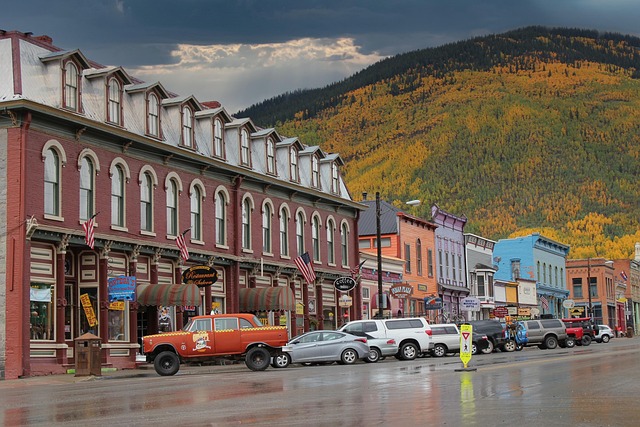
The allure of desert landscapes has been drawing adventurers and nature enthusiasts for generations, and it’s no surprise that outdoor recreation in these unique environments is thriving. The vast open spaces, dramatic geological formations, and otherworldly hues create a captivating setting that offers a refreshing escape from urban life. For those looking to unwind, reconnect with nature, or challenge themselves physically, the desert provides an unparalleled playground.
The real estate of desert landscapes, characterized by its diverse ecosystems and rugged terrain, lends itself beautifully to various outdoor pursuits. Hiking trails winding through towering sand dunes, camping under a blanket of stars, stargazing in places where light pollution is virtually non-existent—these are just some of the experiences that draw people from around the globe. Moreover, the desert’s resilience and adaptability provide a resilient canvas for activities like rock climbing, mountain biking, and even wildlife viewing, making it a true haven for outdoor recreation enthusiasts.
Planning Your Adventure: Essential Considerations for Real Estate in Deserts
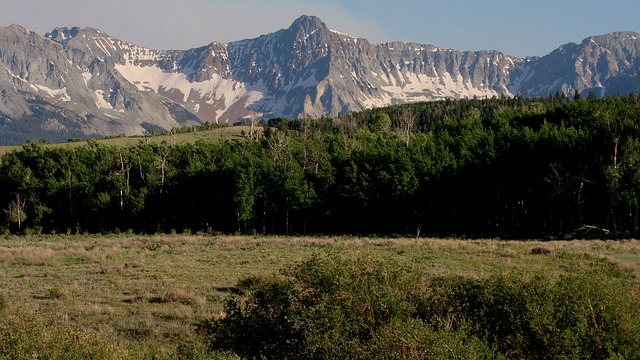
When planning an outdoor recreation adventure in desert landscapes, understanding and securing the right real estate is crucial. Deserts offer unique challenges due to their vast open spaces, extreme weather conditions, and varied terrain. Before setting out, thoroughly research and select a suitable location that aligns with your activity preferences—whether it’s hiking, camping, or stargazing. Consider factors like accessibility, proximity to water sources, and any necessary permits for public land use.
Engaging with local communities and land management agencies is essential. They can provide valuable insights into the best areas for recreation while ensuring you respect private property boundaries and ecological preservation. Understanding local regulations and acquiring any required permits will make your desert adventure smoother and more sustainable, allowing you to fully appreciate the breathtaking real estate these landscapes have to offer.
Sustainable Practices: Protecting the Desert Ecosystem While Enjoying Recreation
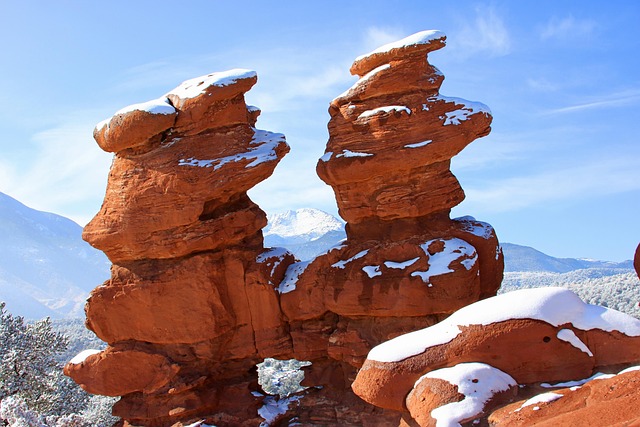
In the vast and captivating desert landscapes, outdoor recreation offers a chance to connect with nature while enjoying thrilling activities like hiking, camping, and off-roading. However, it’s crucial to approach these experiences mindfully, adopting sustainable practices that protect the delicate ecosystem. Desert environments are unique and fragile, teeming with specialized plants and animals adapted to harsh conditions; responsible recreation ensures their preservation for future generations.
One key aspect is minimizing impact. Visitors should stay on designated trails, practice leave-no-trace principles by properly disposing of waste, and respect wildlife. Additionally, understanding and adhering to local regulations regarding water usage and vehicle access helps prevent damage to sensitive vegetation. Embracing these sustainable practices not only preserves the desert’s natural beauty but also ensures that real estate values, often tied to pristine landscapes, remain high for both residents and visitors alike.
